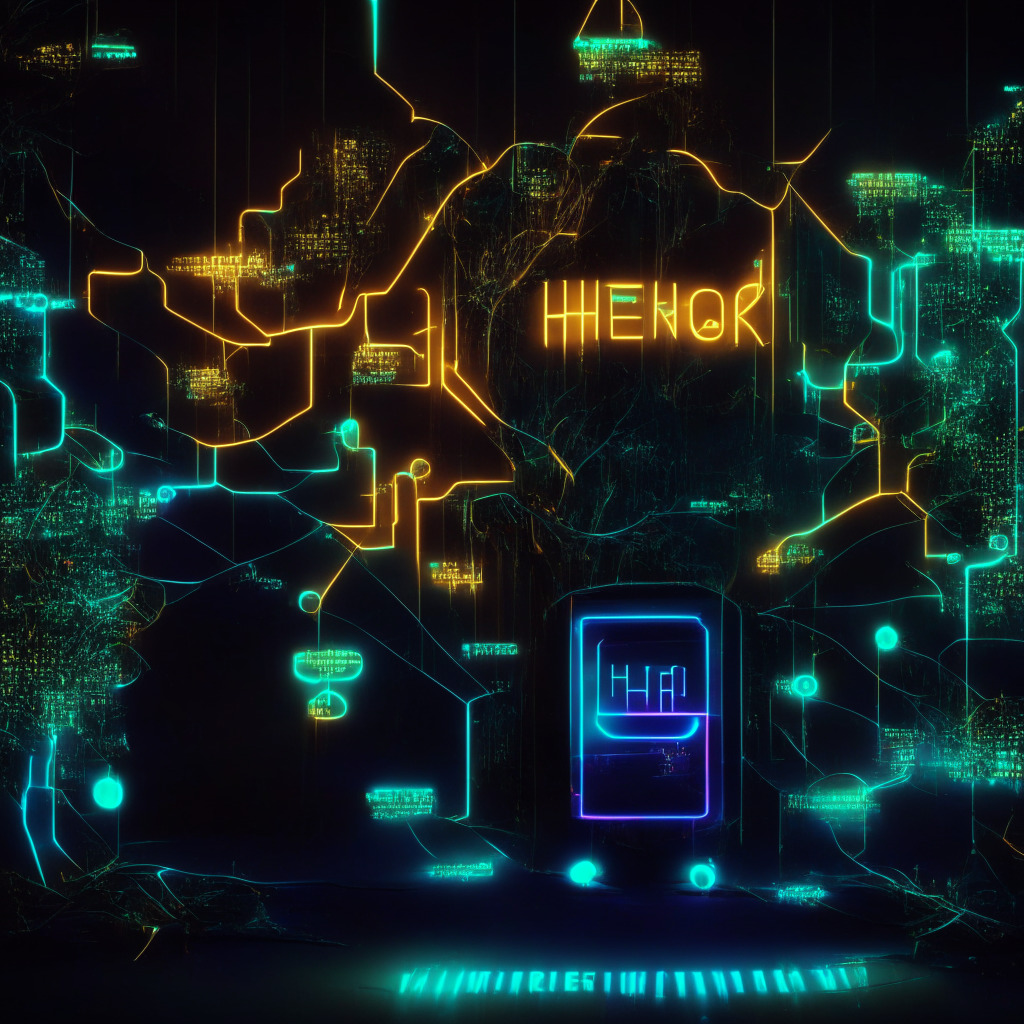The digital age presents both an array of opportunities and myriad security concerns. In a move set to ameliorate the latter of these, OpenZeppelin, a trailblazer in blockchain security, has announced the introduction of Defender 2.0. This security upgrade, flavoured for blockchain communities, integrates a security audit into blockchain-based algorithms, diminishing the potential cyber vulnerabilities inherent to devising secure decentralized applications.
Defender 2.0 is coined as a “mission-critical developer security platform”. It’s designed to fortify security at each juncture, from the inception of an idea through to the bricks-and-mortar coding, auditing, deployment, and surveillance of blockchain applications. The ultimate objective of 2.0 is ambitious yet crucial, to bolster the security of smart contracts from development to deployment and production.
Comprising four main modules all geared toward a safer digital experience, this latest version is already operational. One of its many features is the Code module, which allows developers to publish their code on GitHub via OpenZeppelin’s machine learning tools. Also woven into the fabric of 2.0 is an Audit module, an essential tool for tracking and mitigating any issues and vulnerabilities.
Another praiseworthy component of the Defender 2.0 security upgrade allows for deployments in line with established security practices thereby minimising potential risks and bypassing unwanted delays. Rounding out the quartet of upgraded features is what is referred to as the ‘monitor, respond and operate’ module. This offers extensive surveillance, instant detection and preemptive measures to events that are not easily foreseen or predicted – a veritably ‘black swan’ occurrence – that could inflict severe repercussions.
Coinciding with these features is support for over 30 blockchains which include both mainnet and testnets. Among these are notable players such as Ethereum, Polygon, Arbitrum, Optimism, Base, and zkSync Era. Blockchain entities including Matter Labs and TheGraph have already initiated their journey with the new Defender 2.0, endorsing an optimistic future for this release.
In summary, the Defender 2.0 package reimagines the approach to blockchain development, deployment, monitoring, and response, amalgamating a diverse realm of unique features into a single, user-friendly platform that offers a full suite of security options.
Source: Cryptonews




